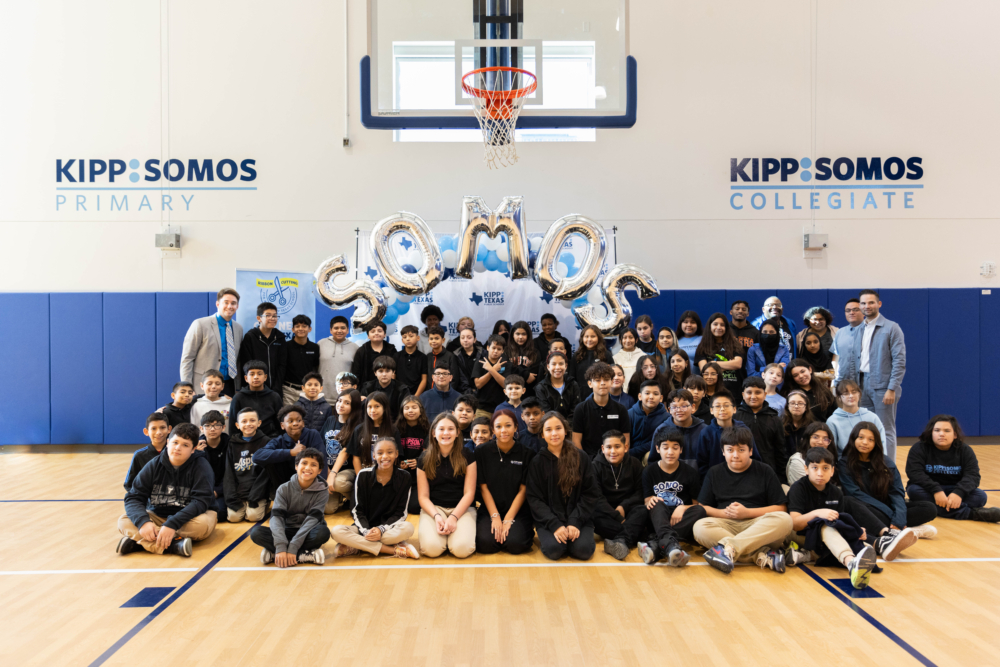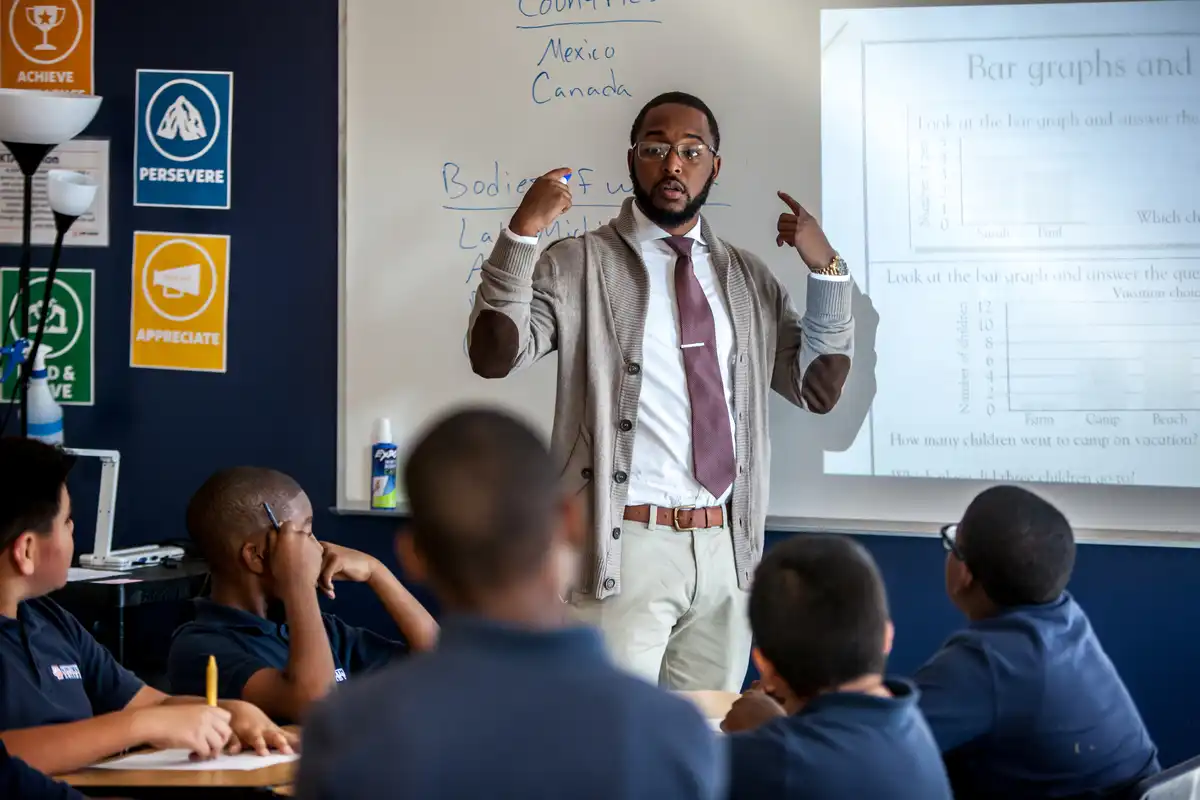At KIPP Texas Public Schools, we believe excellent teaching is the key to delivering on promises to students and families. The work our teachers do daily is the most ...

November 15, 2023
At KIPP Texas Public Schools, we believe excellent teaching is the key to delivering on promises to students and families. The work our teachers do daily is the most ...
